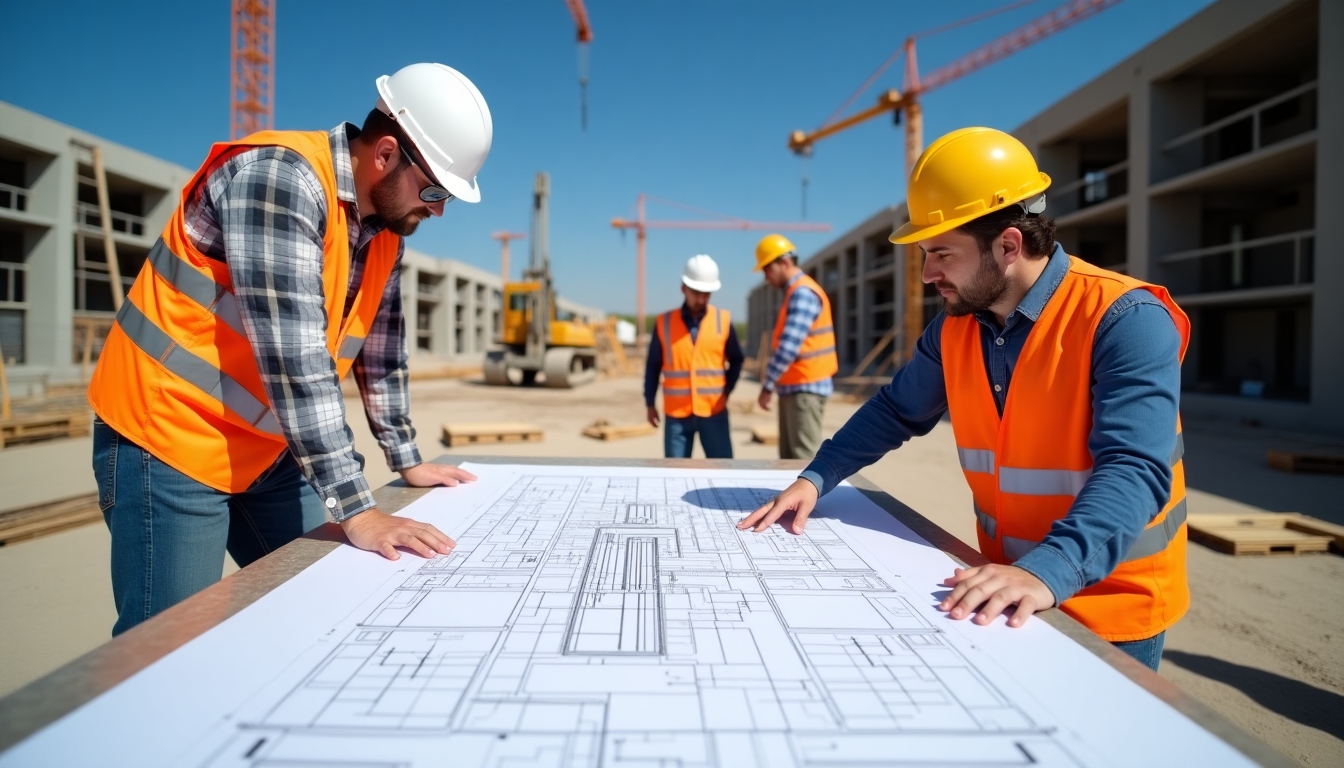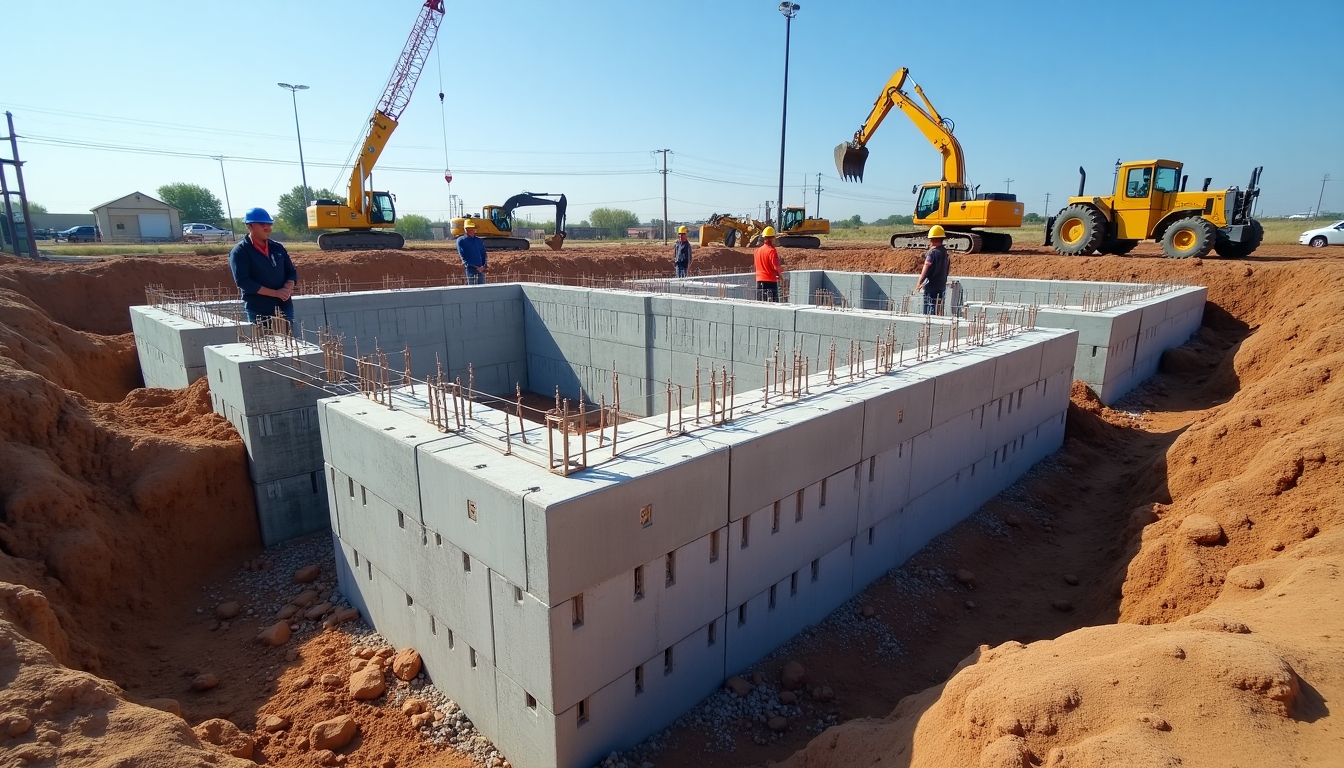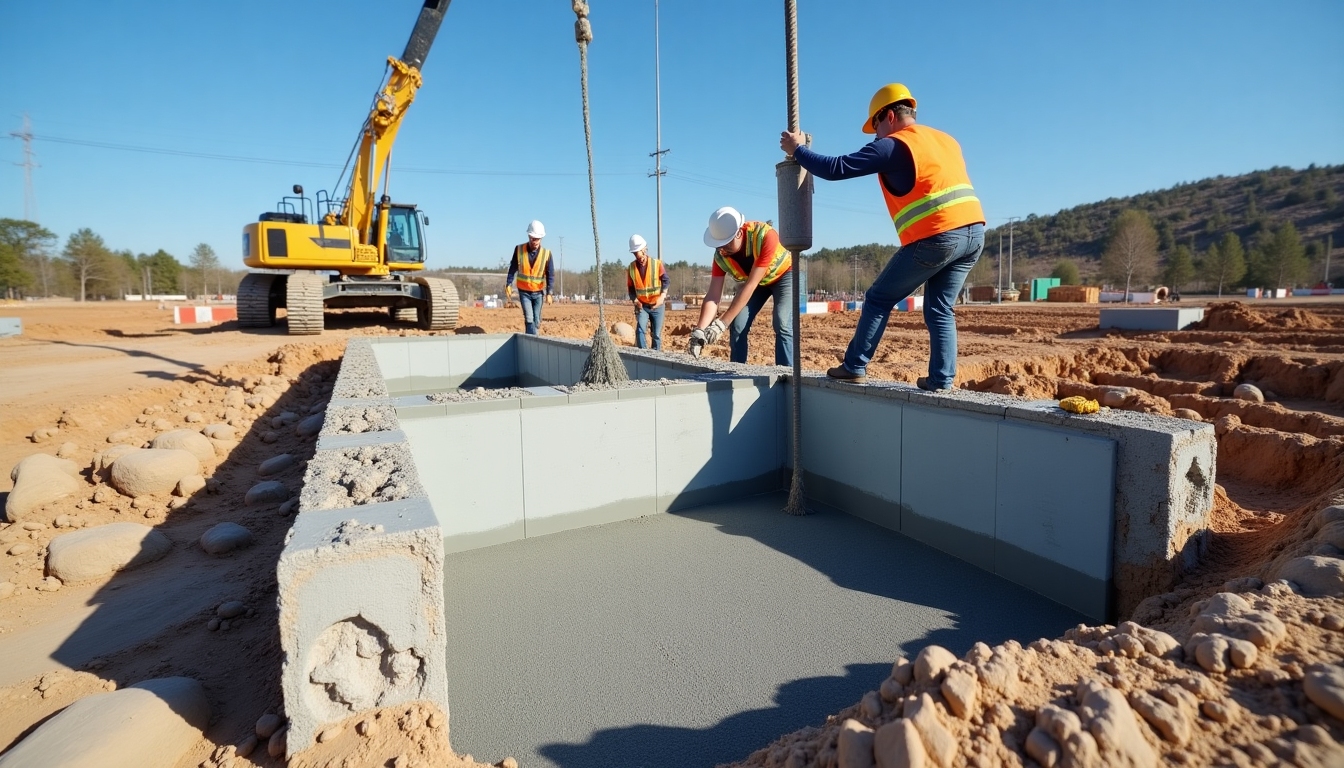Innovative Foundation Design Techniques: Building for the Future
Exploring Innovative Foundation Design Techniques
Building a solid foundation is crucial for the longevity and stability of any structure. This article delves into innovative foundation design techniques, focusing on minimizing foundation settlement and enhancing overall building resilience.

Understanding Foundation Settlement: A Brief Primer
Foundation settlement occurs when the ground beneath a structure shifts, potentially leading to significant structural issues. Traditional solutions often involve costly and disruptive repairs, but recent innovations are minimizing these risks from the get-go.
- Dry Stack Stone Foundations: An ancient technique revived with modern technology to support stability.
- Helical Piles: Ideal for areas with poor soil conditions, these screw-like piles provide strong and stable foundational support.
Exploring these methods can reduce long-term costs and enhance building safety.
The Rise of Modular Foundations
One of the most promising innovative foundation design techniques is the use of modular foundations. Modular systems involve prefabricated sections that can be quickly assembled on site. This approach not only speeds up construction but also ensures precision and reduces material waste.
| Advantages of Modular Foundations |
|---|
| Quick Assembly: Reduces construction time significantly. |
| Precision: Manufactured under controlled conditions for tight tolerances. |
| Sustainability: Minimizes material waste and environmental impact. |
Such efficiencies make modular systems particularly appealing for urban developments where time and space are at a premium.

Innovative Materials in Foundation Design
The materials used in building foundations are just as crucial as the techniques themselves. Innovations in concrete technology, such as the use of fiber reinforcement, improve the durability and flexibility of foundation structures. Additionally, exploring alternative materials like recycled plastics and geopolymer concrete can lead to more sustainable building practices.
- Fiber-Reinforced Concrete: Incorporates fibers for extra strength and flexibility.
- Geopolymer Concrete: Offers a low-carbon alternative to traditional cement.
These material innovations contribute to more robust and environmentally friendly foundation design options.

Personal Insights: The Future of Foundation Design
Based on personal experience in the construction industry, aligning with architectural trends towards sustainability is crucial. Future foundation designs need not only to be structurally sound but also environmentally responsible. Embracing cutting-edge technologies and materials can transform traditional construction into a more sustainable practice.
Designers and builders should continually seek out new training and certifications to stay abreast of the latest innovations in foundation design. This proactive approach ensures that they can offer clients the most up-to-date solutions, minimizing both costs and environmental impact in the process.

Conclusion: Embracing the New Wave of Foundation Design
Innovative foundation design techniques bring about improved structural integrity and longevity with reduced environmental impacts. By understanding settlement issues, employing modular foundations, and exploring new materials, the construction industry is poised to set a new standard in building practices.
These innovative methodologies not only extend the life cycle of buildings but also ensure they remain safe and financially sound throughout their existence.





